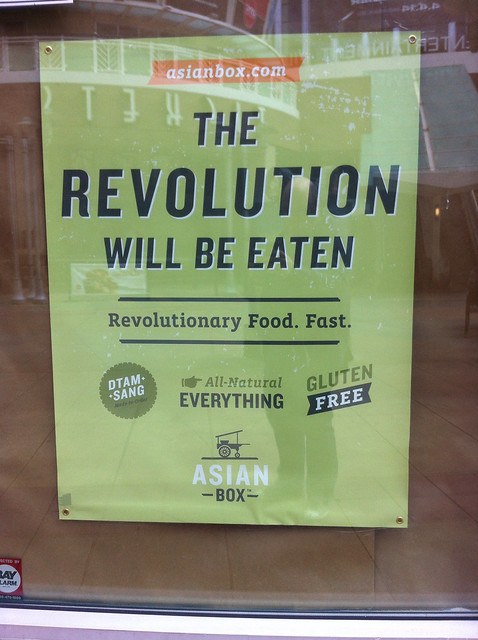So we just recently got one of those Instant Pot pressure cookers. It’s pretty great for high temperature/pressure cooking, light canning, and slow cooking.
There are lots of different pressure cookers to choose from – we got the Instant Pot because it has multiple modes and has Bluetooth smartphone connectivity. Pressure cookers don’t have to be as expensive or complicated, and are much more common in European and Aisan homes and commercial kitchens, which is a shame – it’s a great tool for any kitchen.
The Instant Pot works great as a steamer, but the it doesn’t come with a large basket. One cool little hack people are doing is buying this 3 quart mesh basket which fits inside the cooker – except for the handles. It’s common enough that it shows up in the “commonly bought with” section on Amazon.
So, I was asked to remove the handles off one of these today. My first thought was to grab the Dremel tool, but that seemed excessive and I didn’t want to deal with sharp edges. The handles are just spot welded on to the brim, so I figured it should be relatively easy to break the weld point. I don’t have any experience with these, so I did a little research. Everything I see are about using pliers or a shop vice.
But all you need to do is hold the rim near the handle with one hand, and rock the handle back and forth (perpendicular to the rim) with the other hand. You don’t want to bend the rim, so start off gently, but the handle will move. The spot weld is a weak point, and without too much force it will break off.





